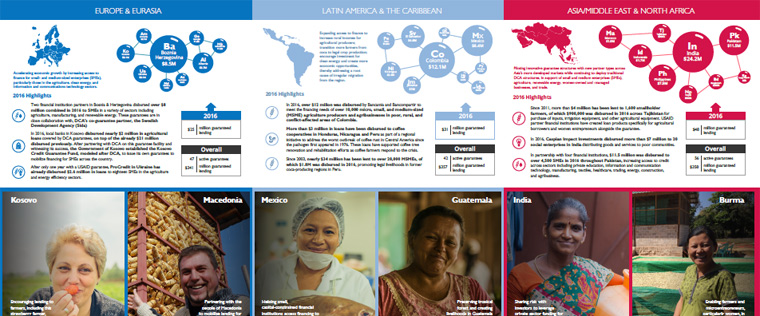- Who We Are
- Mission, Vision and Values
- Organization
- Leadership
- Office of the Administrator
- Bureaus
- Africa
- Asia
- Europe and Eurasia
- Latin America and the Caribbean
- Middle East
- Democracy, Conflict and Humanitarian Assistance
- Economic Growth, Education and Environment
- Office Of Economic Policy
- Office of Development Credit
- Office of Education
- Office of Energy & Infrastructure Programs
- Office of Forestry and Biodiversity
- Office of Gender Equality & Women’s Empowerment
- Office of Global Climate Change
- Office of Land and Urban
- Office of Local Sustainability
- Office of Private Capital and Microenterprise
- Office of Trade & Regulatory Reform
- Office of Water
- Food Security
- Global Health
- Legislative and Public Affairs
- Management
- Policy, Planning and Learning
- Foreign Assistance
- U.S. Global Development Lab
- Independent Offices
- Mission Directory
- Staff Directory
- Advisory Committee
- Board for International Food and Agricultural Development
- Mission Directors
- Coordinators
- Global Development Council
- USAID History
- Operational Policy (ADS)
- Transparency
- Resource Portal
Read about DCA's 2016 activity and see how USAID uses development dollars to attract, not substitute, private capital.
DCA's 2016 Impact Brief. (PDF 2.5MB)
The lack of access to credit is one of the primary constraints to economic growth throughout the developing world. Despite holding large sums of local capital, local banks and other formal financial institutions are often reluctant to lend this capital to small- and medium-sized enterprises, which are primary drivers of broad-based job creation and growth.
Our Work
Through the use of Development Credit Authority (DCA) loan guarantees, USAID incentivizes these institutions to begin lending in new sectors and to new borrowers; lending that will both increase their bottom lines while promoting prosperity and security. This “crowding-in” of private capital through the use of guarantees is accomplished at a fraction of the cost of conventional donor support and seeks to permanently replace short-term donor funding with long-term and sustainable, locally-generated, private capital. In most cases, lending to targeted sectors and borrowers continues long after guarantee coverage expires, as borrowers demonstrate their creditworthiness to lending institutions, and those institutions come to understand their new customers better
Results
Since 1999, DCA guarantees have made possible $4.8 billion in lending across 76 countries. Approximately $3.3 billion of this has been mobilized in just the last six years – more than the previous 12 years combined. In 2016 alone, DCA mobilized $892 million for USAID development objectives. The utilization rate for expired guarantees is 76 percent, and despite recent significant growth in the portfolio over the past six years, the portfolio default rate remains very low at 2.6 percent. This significant growth over the past six years has been largely driven by DCA engaging with new (and nontraditional) partners and moving into new sectors.








Comment
Make a general inquiry or suggest an improvement.